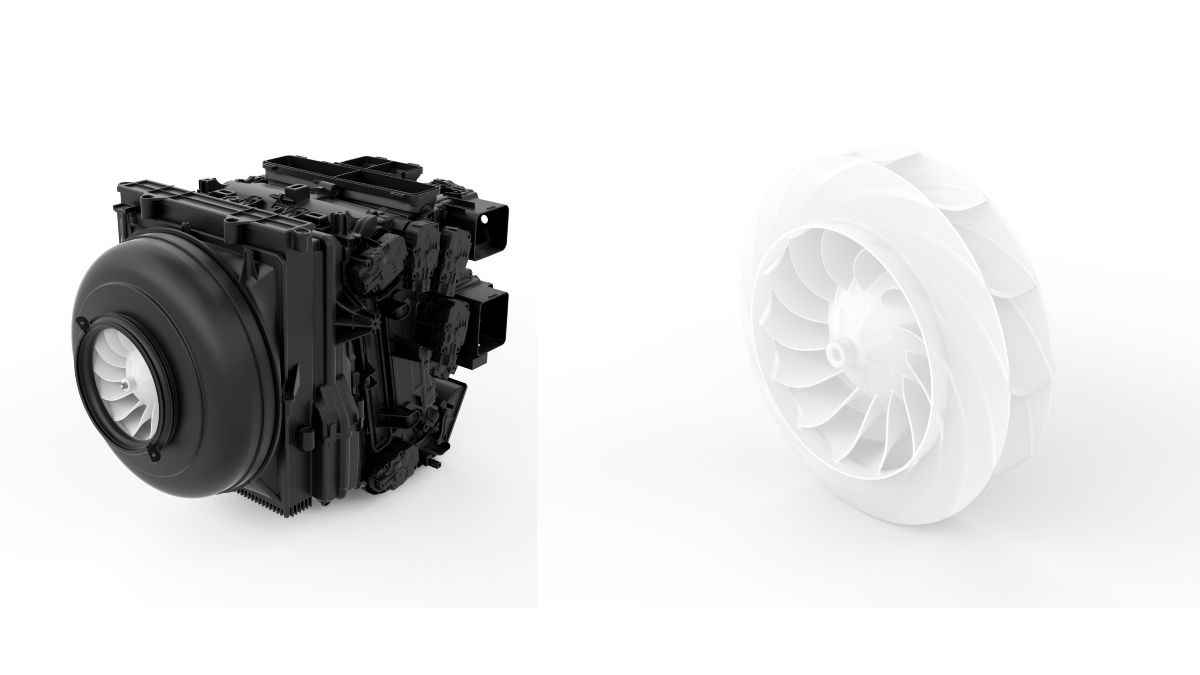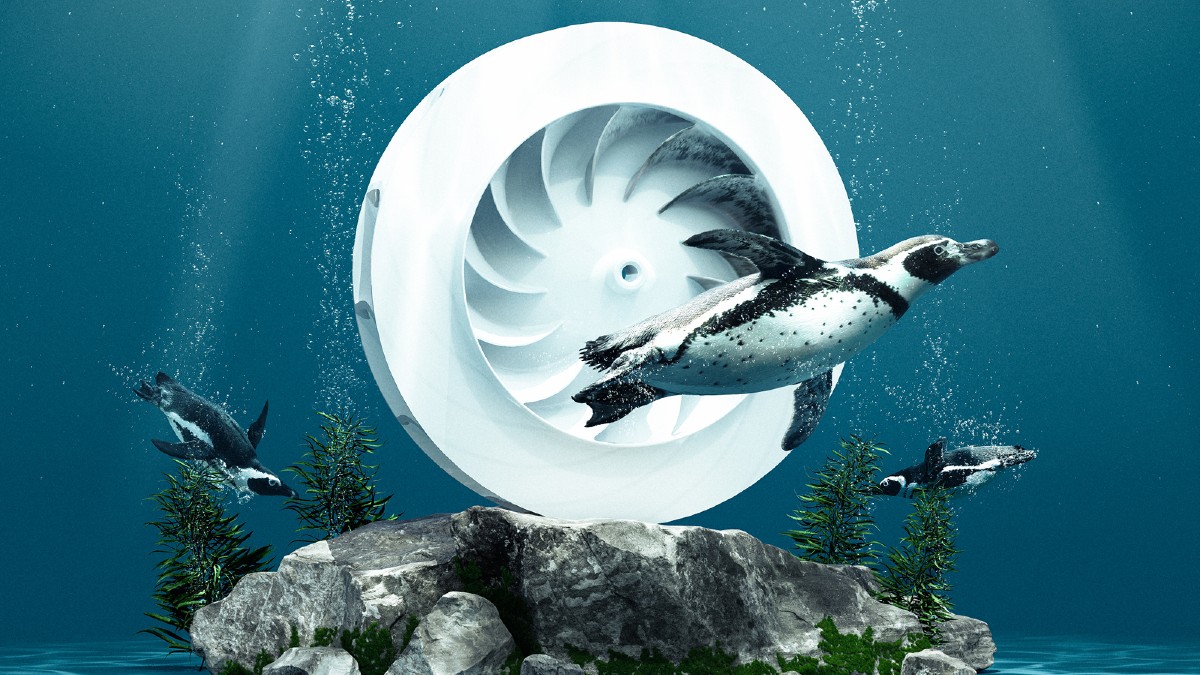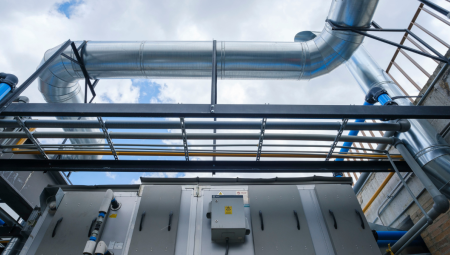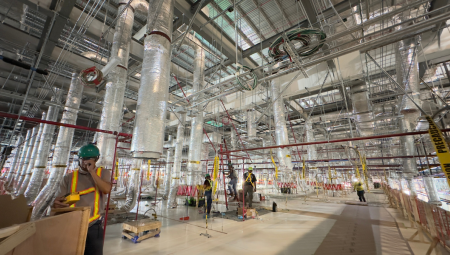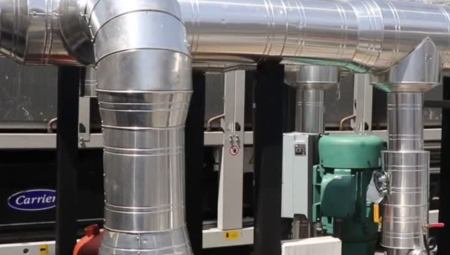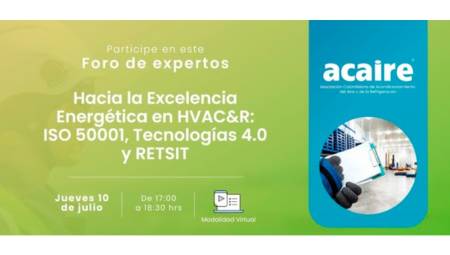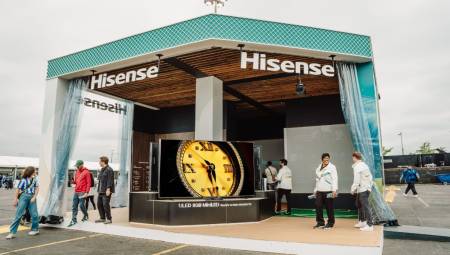International. MAHLE presented an innovation that promises to transform air conditioning systems in the automotive industry: a bionic radial blower that reduces noise by 60% and improves efficiency by 15% compared to similar components.
The design of the impeller was inspired by the hydrodynamic shape of the penguin's fins, an example of biomimicry applied to engineering.
The new blower, specially designed for vehicles with limited installation spaces, such as electric vehicles, is located in front of the evaporator, allowing for a more compact and symmetrical structure. This frees up space for other components and improves the overall design of the HVAC system.
Application of artificial intelligence and bionic design
- Publicidad -"Evolution has endowed the penguin with fins that allow it to glide through the water with minimal drag and therefore with ultra-fast efficiency. The shape of the fin served as a model in the impeller optimization process of our radial blower," explained Uli Christian Blessing, Vice President R+D Thermal and Fluid Systems at MAHLE.
Development was accelerated thanks to a proprietary AI tool, capable of generating more than 30 million virtual designs in a short period. "The application of artificial intelligence has been enormously useful in the optimization of the bionic radial blower. Our engineers guided the AI and provided it with data and insights, allowing it to create more than 30 million virtual designs in a very short time," added Blessing. "Internally, we refer to this as 'superhuman engineering.'"
"The development of the new bionic radial blower reinforces our comprehensive expertise in thermal management and benefits from the use of artificial intelligence," said Jumana Al-Sibai, Member of the Board of Management of the MAHLE Group and responsible for the Thermal and Fluid Systems business unit.
The solution is suitable for all vehicle classes, from private cars to light and heavy commercial vehicles. It will be part of the MAHLE 2030+ strategy, which focuses on electrification, thermal management and clean and efficient combustion engines.
